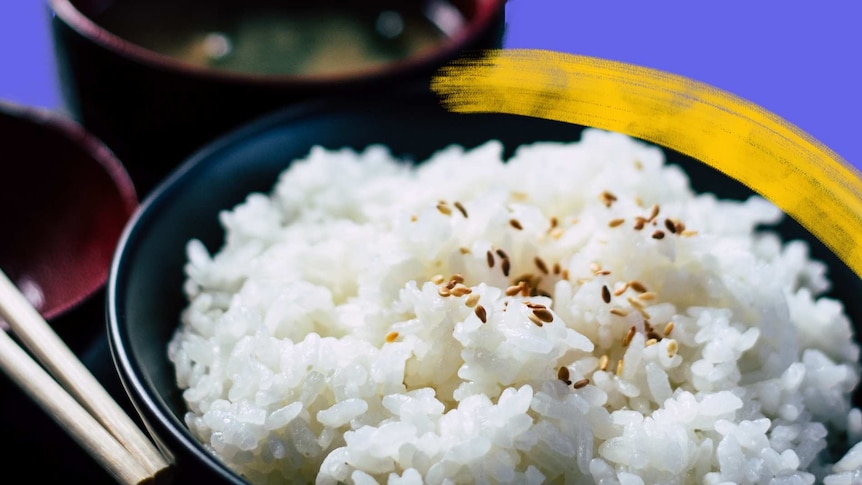Creating sushi rice is an art form that balances texture, temperature, and flavor. Mastering the sushi rice fanning technique is essential for sushi enthusiasts seeking authenticity in every bite. This method is not only traditional but crucial for achieving the ideal consistency that distinguishes superior sushi.

Understanding the Importance of Sushi Rice
The foundation of any good sushi is the rice. Unlike regular rice, sushi rice requires careful preparation and attention. The short-grain rice is preferred for its sticky texture, helping sushi hold its shape.
What is the Sushi Rice Fanning Technique?
The sushi rice fanning technique involves gently fanning the cooked rice while mixing it with vinegar. This process cools the rice and enhances its flavor and texture, giving it a glossy finish.
Step-by-Step Guide to Fanning
To master the fanning technique, you’ll need a wide bowl, a wooden paddle, and a hand fan. Heres how you can perform it:
- Transfer the cooked rice into a wooden or wide non-metallic bowl.
- Add vinegar mixture and gently cut into the rice with your paddle instead of stirring.
- Simultaneously, fan the rice to cool it quickly and maintain shine.
The Science Behind the Technique
The fanning technique prevents the rice from becoming too wet or soggy, which can ruin your sushis integrity. The cooling and mixing allow each grain to absorb the right amount of vinegar flavor, crucial for that delicate balance in sushi.
Common Mistakes to Avoid
Over-mixing can break the grains and make the rice mushy. Always be gentle when cutting through the rice, and ensure you’re not stirring but rather folding as you fan.
Choosing the Right Tools
Your choice of tools impacts the outcome of your sushi rice. A wide, shallow bowl made of wood helps absorb excess moisture and evenly distribute heat. For more insight, visit this guide on keeping sushi tools odor-free.
Qualities of Perfect Sushi Rice
Once cooled and prepared, excellent sushi rice should be sticky yet firm, with a lustrous appearance and enhanced flavor, perfectly complementing the sushi toppings.
Preserving the Art of Sushi Making
The technique of fanning sushi rice is steeped in tradition, capturing the essence of Japanese culinary art. Adapting this skill sustains the culture and heritage that craft exceptional sushi.
Learning from the Masters
Professional sushi chefs often impart wisdom on rice preparation, emphasizing on the fanning method. Following these longstanding practices ensures that your homemade sushi rivals that of a restaurant.
How Temperature Affects Texture
Proper fanning ensures the rice is at an ideal temperature, enhancing its texture and making it ready for perfect sushi rolls.
Integrating Fanning Into Your Ritual
This technique is not merely functional but ceremonial. It becomes a ritual as important as any other aspect of sushi preparation.
Going Beyond Sushi: Broader Culinary Applications
While primarily used for sushi rice, the fanning technique can improve the texture and flavor of other dishes requiring precise rice preparation.
Pro Tips for Enthusiasts and Beginners
For novices, practice patience, and for enthusiasts, remember the subtle nuances you learned along your sushi journey. Check the right pots for sushi rice to improve your kitchen setup.
Connecting Through Food
Mastering the art of sushi rice and embracing its techniques opens doors to a deeper understanding and appreciation of Japanese culture.
Conclusion
The sushi rice fanning technique is more than a culinary stepits an exploration of heritage, flavor, and art. Embrace it to transform your sushi-making experience.

Frequently Asked Questions
Why is the fanning technique necessary for sushi rice?
Fanning ensures that the rice is glossy and seasoned without becoming mushy.
Can I use a fan substitute?
Yes, you can use a small electric fan, but a hand fan allows more control.
How critical is the type of rice used?
Using the right type of rice, such as short grain rice, is essential for achieving the right texture and stickiness required for sushi.
This article contains affiliate links. We may earn a commission at no extra cost to you.


